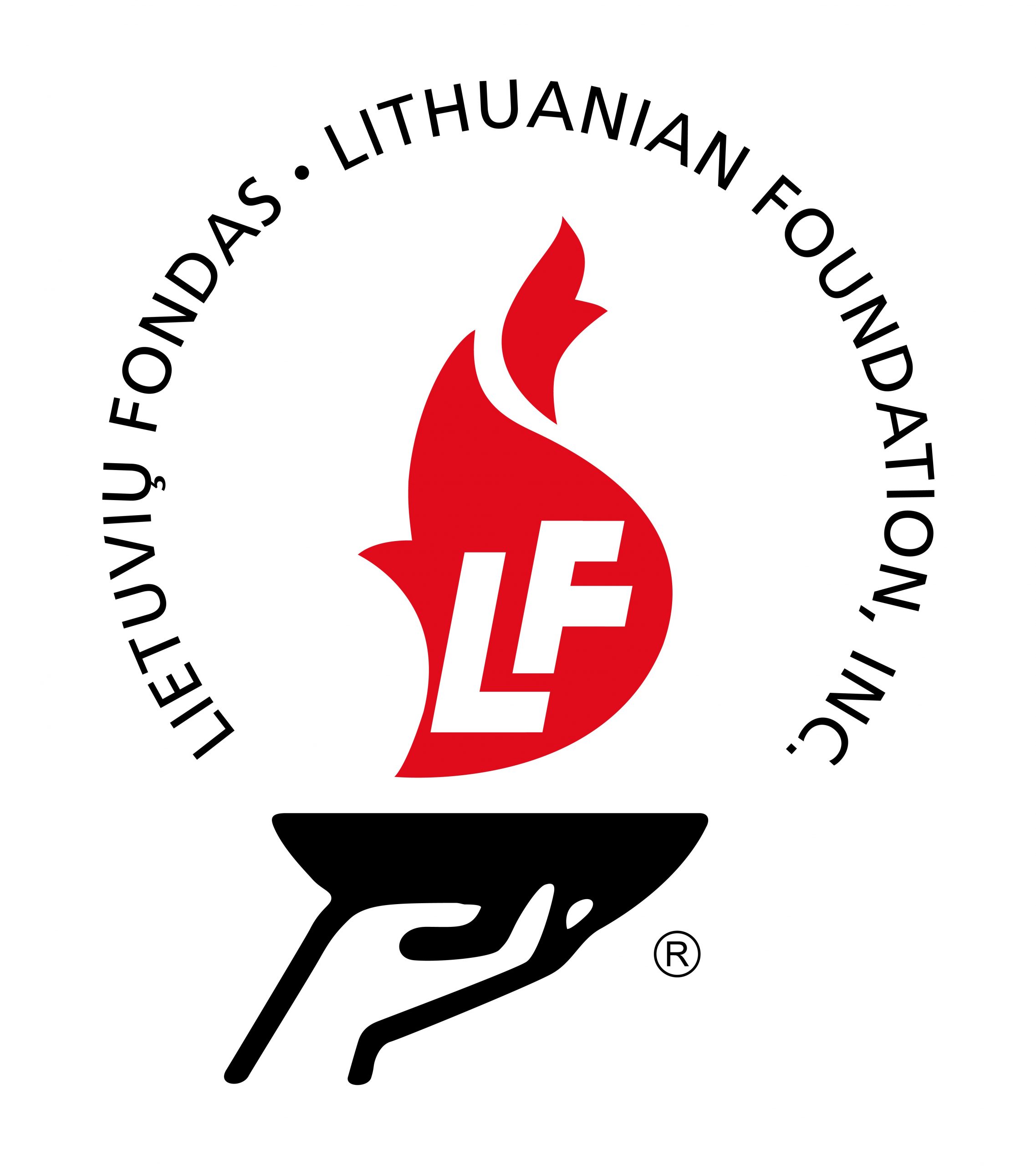12 things you can do only in Lithuania
Lithuania is the unsung star of the Baltics. With a wealth of baroque and art deco architecture, sobering relics of a Soviet past, a thriving, ever-evolving dining scene and ample natural attractions, the country delivers something for every traveler.
Its rich history goes back millennia – and in spite its ever-changing borders over the years, including by its forcible incorporation into the USSR, Lithuania has always managed to hold true to its language, culture and national character. Even today, traditional villages, where crops are still gathered by hand and artisans practice crafts honed over centuries, thrive alongside cosmopolitan cities. Lithuania’s dense forests attract numerous foragers, while the Baltic Sea draws sun worshippers to the amber-speckled coast.
The following advice from a veteran visitor will help you turn your trip to Lithuania into an unforgettable one.
1. Explore the bewitching Curonian Spit
Cloaked in pine forest and bumpy with giant sand dunes that have given it the nickname “Sahara of Lithuania,” the Curonian Spit – a sliver of land barely more than 1km (0.6 miles) across – juts out into the Baltic Sea. Its four fishing villages of Nida, Juodkrantė, Pervalka and Preila make for restful stays, with the cycling on trails between Nida and Juodkrantė a great way to take in the highlights. Don’t miss the giant Parnidis Dune or the state-of-the-art Mizgiris Amber Museum in Nida. Climb Vecekrugas Dune (67m / 220ft) en route to Preila, and Nagliu Dune near Pervalka for fantastic views of the so-called Dead Dunes, cooling off with refreshing dips in the Baltic Sea as you go. Finally, swing by Witches’ Hill in Juodkrantė to commune with wood carvings of devils, witches and other mythological figures along a woodland sculpture trail.
Practical tip: Rent a bicycle from one of several outlets in Nida or Juodkrantė. Local buses connecting the villages have bicycle racks. A wonderful alternative way to explore the spit is by walking the long-distance Baltic Coastal Trail, which spans its coastline.
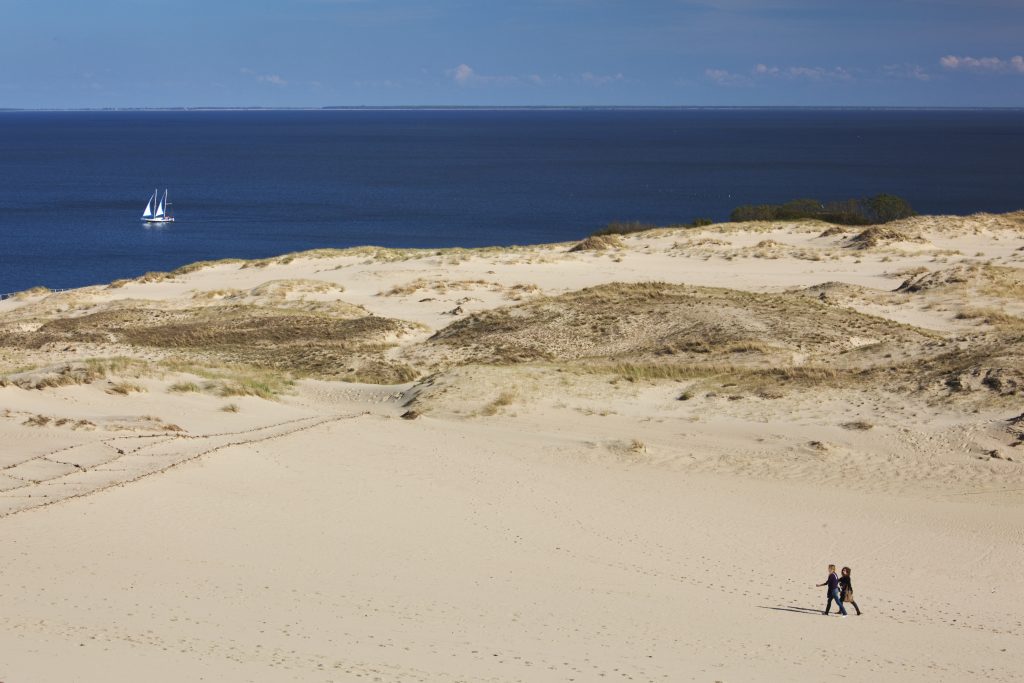
2. Reflect atop the Hill of Crosses
A mesmerizing sight greets you 10km (6 miles) north of Šiauliai: a small hill covered in thousands of crosses of various styles and scales. Rosary beads adorn some; others are fine examples of ironwork, or carved wooden folk-art masterpieces, mingling with Lithuanian koplytstulpis (wooden sculptures of a figure topped with a little roof) and magnificent sculptures of the Sorrowful Christ (Rūpintojėlis). Crosses have been placed here since the 14th century – and began reappearing as symbols of hope and defiance in Soviet times, when planting a cross was an arrestable offense. Today, the devout come from all over Lithuania and beyond.
Planning tip: Come here early in the morning for some quiet contemplation, and take your time wandering past the rows of crosses and around the hill’s base, drinking in the details. You may spot a memorial to 9/11 victims, recent tributes to those killed by COVID, blue-and-yellow ribbons in memory of civilians who have perished in Russia’s war on Ukraine and a cross fashioned from bicycle gears.
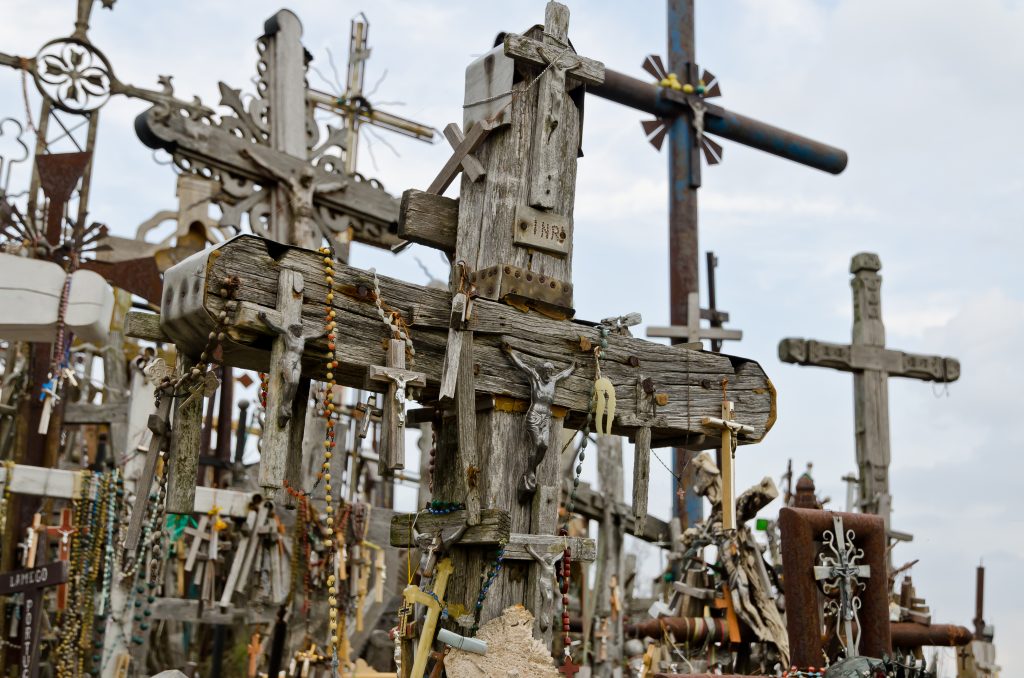
3. Visit a nuclear power station in Ignalina
If you’ve seen the 2019 HBO miniseries Chernobyl, then you’ll recognize parts of the Ignalina Nuclear Power Plant (INPP) in Visaginas. While it’s currently an epicenter of “nuclear tourism,” the plant has been decommissioned due to the similarity of its design to that of the ill-fated nuclear power station in Chernobyl in Ukraine, and its reactors are in the process of being dismantled. Complete the online application formweeks or months in advance to take an in-depth, 3-hour guided tour of the facility, including the turbine hall, the RBMK reactor hall and unit control room. You can also get an overview of the history of the plant and its challenges during an Information Center tour, complete with VR headset.
Detour: The LitWild team will bring you into a simulator INPP control room near Visaginas, where the plant staff used to receive training on how to handle emergencies.
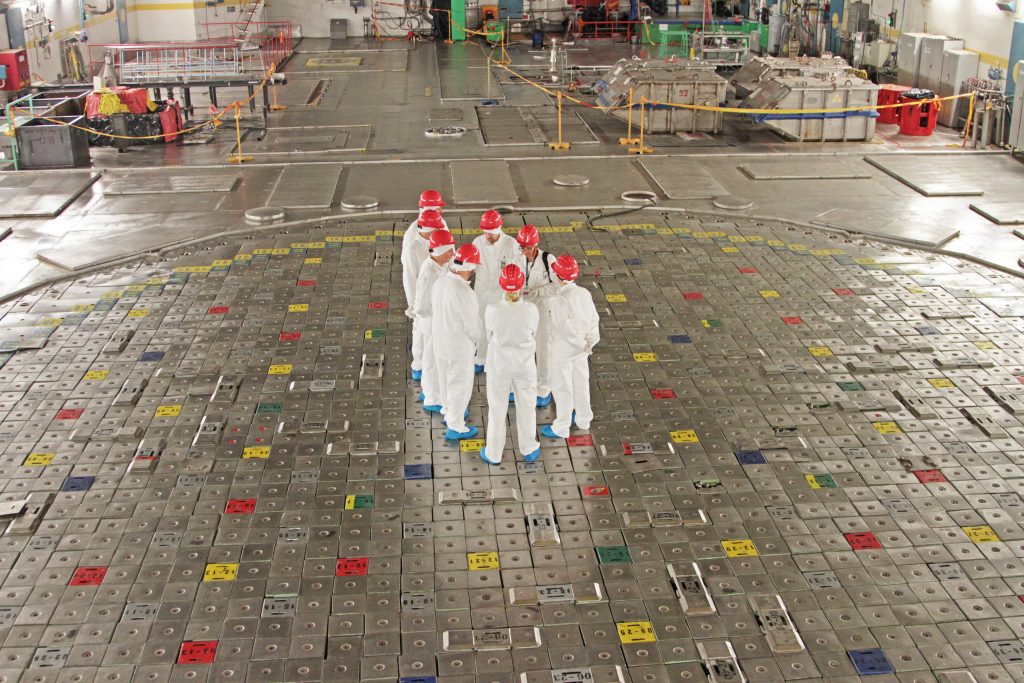
4. Enjoy a quintessential Lithuanian summer in Aukštaitija National Park
Cloaked with pine and spruce forest and dotted with dozens of lakes, Lithuania’s oldest protected area is where city dwellers head every summer. You can join them in hiking or pedaling along the myriad woodland trails, summiting Ladakalnis Hill (a sacred pagan site in centuries past), foraging for bilberries and wild strawberries, swimming wild in the lakes, and canoeing or paddle boarding. In addition to outdoor pleasures, you can explore the ethnographic heritage of the tiny villages, from the Ancient Beekeeping Museum near Stripeikiai to Ginučiai’s still-working 19th-century watermill.
Practical tip: The town of Ignalina has the biggest range of accommodation and dining, while Palūšė is the main water-sports center. LitWild offers active, tailor-made guided tours of the national park.
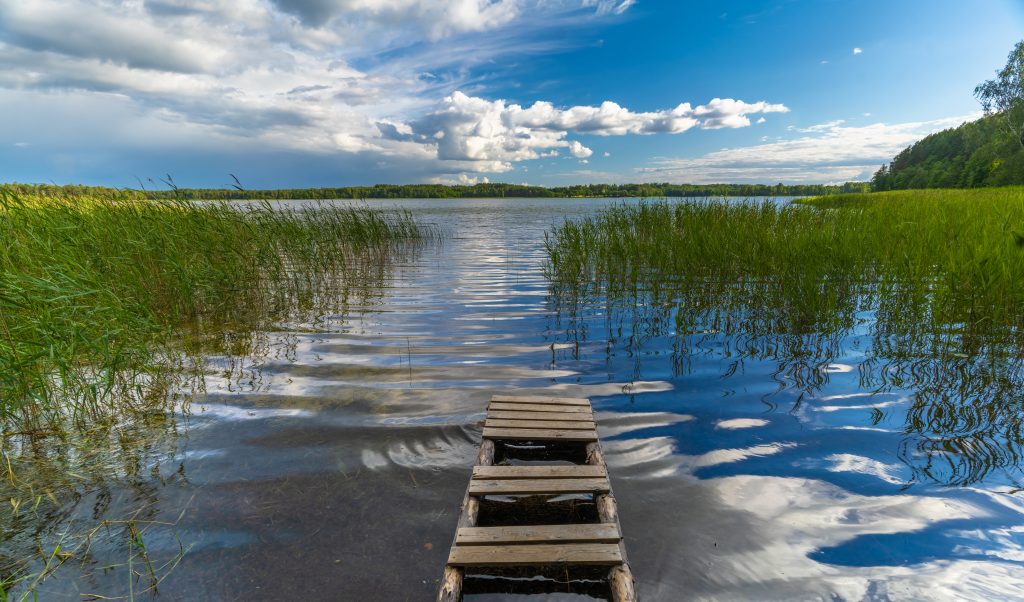
Full article you can read on Lonely Planet
Rėmėjai
